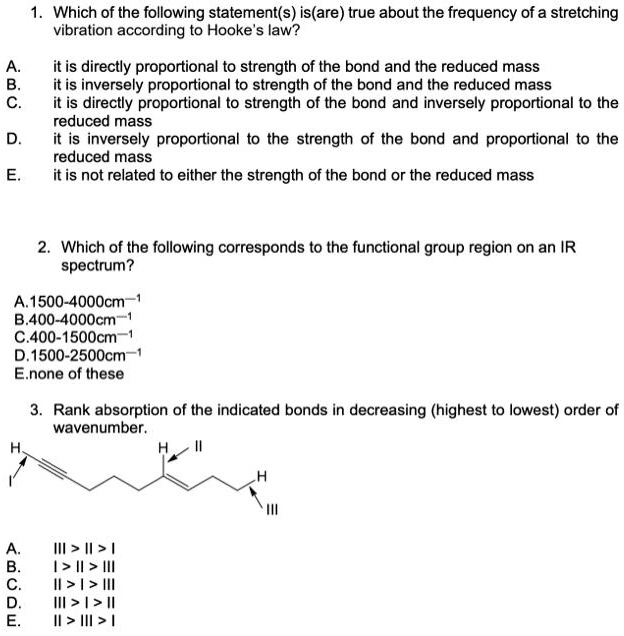Which Of The Following Statements About Stretching Is Not True

For years, stretching has been touted as a cornerstone of fitness routines, believed to enhance performance, prevent injuries, and alleviate muscle soreness. But mounting scientific evidence suggests that some widely held beliefs about stretching are simply untrue. Which of these common assertions is the myth and which holds merit?
This article will delve into the science of stretching, examining the prevailing misconceptions and revealing what current research indicates about its true benefits and limitations.
The Great Stretching Debate: Separating Fact from Fiction
The world of sports science is constantly evolving. What was once considered gospel truth about training methods can be challenged and even overturned by new studies.
Stretching is no exception. Let’s examine some common stretching statements:
Myth 1: Stretching Prevents Injuries
This is perhaps the most pervasive myth surrounding stretching. For years, athletes and fitness enthusiasts alike have religiously stretched before and after workouts, believing it would ward off injuries.
However, a growing body of research suggests that stretching’s ability to prevent injuries is, at best, limited and highly dependent on the type of activity and the individual.
Studies published in the British Journal of Sports Medicine have shown that stretching before exercise does not significantly reduce the risk of muscle strains, sprains, or other injuries. The effectiveness seems activity-specific; some activities may benefit, others may not.
Myth 2: Stretching Reduces Muscle Soreness
Delayed-onset muscle soreness (DOMS), the achy feeling that often follows intense exercise, is another area where stretching has been traditionally promoted as a remedy.
While a gentle stretch might provide temporary relief, research consistently indicates that stretching does little to alleviate DOMS in the long run.
According to the Journal of Strength and Conditioning Research, stretching both before and after exercise has no significant effect on reducing muscle soreness.
Fact: Stretching Improves Flexibility
Here's a statement about stretching that holds true: stretching, when performed consistently over time, can indeed improve flexibility. This refers to the range of motion around a joint.
Regular stretching, particularly static stretching where a position is held for a period, can lengthen muscles and increase joint mobility.
This increased flexibility can have positive effects on posture, balance, and overall physical function. Consistent stretching is key here.
Fact: Stretching Can Enhance Performance in Certain Activities
While pre-exercise stretching may not prevent injuries, dynamic stretching, which involves controlled movements through a full range of motion, can potentially enhance performance in activities requiring explosive power and agility.
Examples of dynamic stretches include arm circles, leg swings, and torso twists. These types of stretches can increase blood flow to muscles and prepare them for activity.
However, the key is to choose stretches that mimic the movements of the sport or activity. The type of stretching matters significantly.
Which Statement Is Not True?
Based on the information provided and the scientific evidence, the statement that is most likely not true is: Stretching prevents injuries. While stretching offers certain benefits, its role in injury prevention is not as straightforward as previously believed.
The Nuances of Stretching: It's Not One-Size-Fits-All
The complexities surrounding stretching highlight the importance of individualized training programs. What works for one person may not work for another.
Factors like age, fitness level, activity type, and pre-existing conditions should all be considered when designing a stretching routine.
Furthermore, different types of stretching, such as static, dynamic, ballistic, and PNF (proprioceptive neuromuscular facilitation), have different effects on the body. Understanding these differences is crucial.
The Expert Opinion
"Stretching is not a magic bullet," says Dr. Emily Carter, a leading sports medicine physician at the National Institute of Sports and Exercise. "It's one tool in the toolbox. Its benefits depend on how and when it's applied."
She emphasizes that focusing on proper warm-up routines, strength training, and addressing individual biomechanical imbalances is essential for injury prevention.
Dr. Carter advises that people should consult with a qualified physical therapist or certified athletic trainer to develop a personalized stretching program.
Conclusion: Re-evaluating Our Approach to Stretching
The prevailing myths surrounding stretching serve as a reminder that we should always be critical of commonly held beliefs, especially in the ever-evolving field of sports science.
While stretching has its place in a well-rounded fitness program, it’s important to understand its true limitations and focus on evidence-based practices.
By understanding the nuances of stretching and seeking guidance from qualified professionals, individuals can make informed decisions about their training and prioritize overall health and well-being.










![Which Of The Following Statements About Stretching Is Not True [ANSWERED] hich of the following statements is NOT true about an X - Kunduz](https://media.kunduz.com/media/sug-question-candidate/20220517073819915626-4368402.jpg?h=512)



